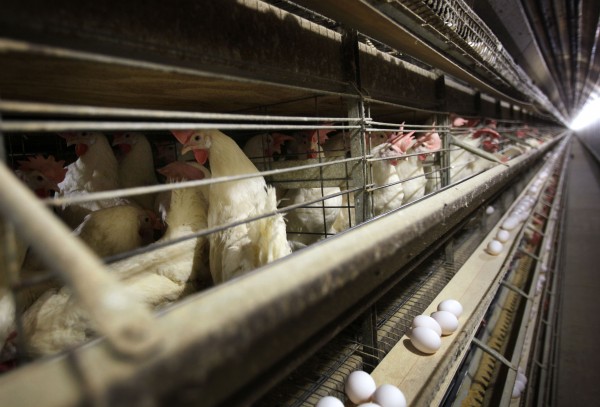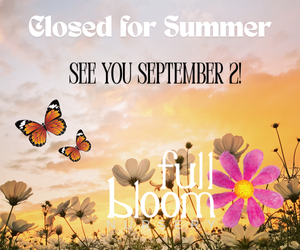MINNEAPOLIS (AP) — With egg prices soaring, the Trump administration is planning a new strategy for fighting bird flu that stresses vaccinations and tighter biosecurity instead of killing off millions of chickens when the disease strikes a flock.
The federal government will seek “better ways, with biosecurity and medication and so on” rather than the current standard practice of destroying all the birds on a farm when an infection is detected, Kevin Hassett, director of the National Economic Council, said Sunday on the CBS program “Face the Nation.”
Hasset said the administration planned to announce further details this week. He said they were “working with all the best people in government, including academics around the country and around the world,” to get the plan ready.
Spokespeople for the U.S. Department of Agriculture did not immediately respond to messages Tuesday seeking more information.
Normally when chickens or turkeys start dying from the disease, officials will "depopulate,” or destroy all the birds on the farm to prevent it from spreading.
But the resulting culling of millions of chickens per month has caused egg prices to skyrocket, with shortages that have led some retailers to ration sales. The average price of a dozen Grade A eggs in U.S. cities hit $4.95 in January, and the USDA predicts it will soar another 20% this year.
Hassett didn't provide many details of how the Trump administration's new approach would work. But he said it would involve a “better, smarter perimeter” around poultry farms. He said it doesn't make sense to kill all the chickens inside that perimeter when the disease is being spread by wild ducks and geese.
Agriculture Secretary Brooke Rollins told “Fox and Friends” that her first briefing after being sworn in was on bird flu.
“We are looking at every possible scenario to ensure that we are doing everything we can in a safe, secure manner but also to ensure that Americans have the food that they need," Rollins told Fox News.
The poultry industry has long resisted vaccinating flocks against bird flu because of the potential impacts on export markets, as well as the expense. Most U.S. trading partners won't accept exports from countries that allow vaccinations due to concerns that vaccines can mask the presence of the virus.
“We support the administration and their goals to bring down food inflation and cut regulatory red tape and hopefully eliminate this virus," said Tom Super, spokesman for the National Chicken Council, which represents the broiler industry which produces chickens for meat. But he said in an interview that producers need ”robust trade protection” to ensure they don’t lose markets.
Leaders of the Congressional Chicken Caucus said in a letter to Rollins last week that while the egg industry has lost the most birds, the broiler industry could bear a disproportionate share of the costs of any policy change. According to USDA figures 77.5% of the nearly 159 million commercial birds lost to avian influenza since February 2022 have been layers, or over 123 million. That compares to 13.7 million broilers, or 8.6%, and 18.7 million turkeys, or 11.8%.
Avian influenza vaccines have long been available. Animal health company Zoetis announced on Friday that it had received a conditional license from the USDA for a new vaccine. But using it would be up to federal authorities in partnership with the industry, the company said in a statement. Other manufacturers are also working on them.
Dr. Carol Cardona, a bird flu expert at the University of Minnesota, said tighter biosecurity to prevent cross-contamination and limit outbreaks to one barn "requires an incredible amount of work on the ground,” she said.
'I've seen it work,” Cardona said in an interview. “I've seen it fail dramatically in other cases.”
For “precision depopulation" to work, she said, there must be effective barriers to transmission between barns, such as ensuring that farm workers don't carry the virus on their boots or clothes. And workers need to be alert for the earliest signs of abnormal deaths, she added.
Another barrier is the logistical difficulty in giving shots to up to 3 million birds or more at a single egg farm. Current vaccines are all injectables. Farms might opt to limit them to new pullets coming onto a farm, she said.
Vaccines that could be economically administered through a farm's water supply would require new innovations, Cardona said. But until there's a market for vaccines, she said, there won't be an incentive to develop them.
"Today’s technology isn’t where were going to be for long, but it’s where we’re at,” Cardona said.












